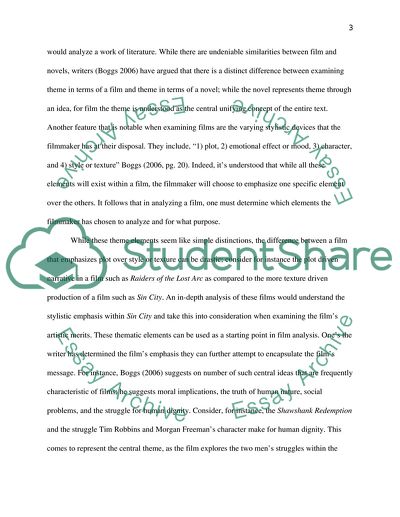Cite this document
(The Process of Examining Films Term Paper Example | Topics and Well Written Essays - 2500 words, n.d.)
The Process of Examining Films Term Paper Example | Topics and Well Written Essays - 2500 words. Retrieved from https://studentshare.org/culture/1569148-interpreting-films-and-analyzing-film-elements
The Process of Examining Films Term Paper Example | Topics and Well Written Essays - 2500 words. Retrieved from https://studentshare.org/culture/1569148-interpreting-films-and-analyzing-film-elements
(The Process of Examining Films Term Paper Example | Topics and Well Written Essays - 2500 Words)
The Process of Examining Films Term Paper Example | Topics and Well Written Essays - 2500 Words. https://studentshare.org/culture/1569148-interpreting-films-and-analyzing-film-elements.
The Process of Examining Films Term Paper Example | Topics and Well Written Essays - 2500 Words. https://studentshare.org/culture/1569148-interpreting-films-and-analyzing-film-elements.
“The Process of Examining Films Term Paper Example | Topics and Well Written Essays - 2500 Words”. https://studentshare.org/culture/1569148-interpreting-films-and-analyzing-film-elements.


